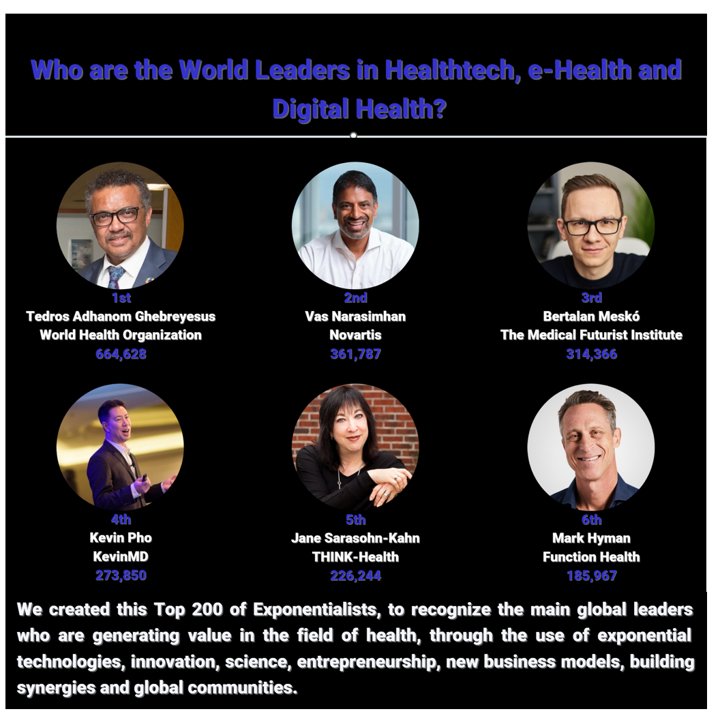Advertising Age analyzes census data on aging and diversity in America, and comes up with some interesting conclusions for consumer marketers. Here at Health Populi, we’re all-health, all-the-time, so I’m going to discuss author Peter Francese’s findings through our health lens. In addition, McKinsey published its insights into aging boomers in the report, Talkin’ ‘Bout My Generation, which I will also discuss.
Francese begins with the one-two punch that marketers in the U.S. are already faced with the economic downturn coupled with consumer-generated media (e.g., blogs, online videos, e-pinions.com, ad infinitum). The third challenge to add to these two market-shapers is the aging of America — that the average U.S. head of household is near-50 years of age.
The spending habits of this group is that households headed by someone 55 or older spend much more on services than they do on goods.
And that will include, in a growing portion of consumer spending…health care.
McKinsey points out that Boomers have earned a lot of money, but they’ve saved relatively little compared to previous cohorts’ savings patterns. This will be no news for regular Health Populi readers who’ve read my posts on the downward trend of savings rates in the U.S. and its impact on health.
McKinsey has smartly segmented Boomers into three attitudinal groups when it comes to money: the confident, the 46% of Boomers who are affluent and ‘unaware’ of their fiscal vulnerability; the vulnerable, who are ‘aware,’ comprising over 25% of the Boomer pop, and worried about health; and, the disadvantaged, where 25% of Boomer households fall with low incomes and educational attainment, and the poorest health status (illustrating once again the impact of socioeconomic status on health in America).
The most important trend for health care that Francese coins is “Generation AARP.” The marketing challenge with that cohort, he says, is that, “Older consumers tend to be more risk-averse and less open to new ideas.”
Francese perceives that, “Something happens when that Medicare card comes in the mail at 65. It’s your government certifying that, no matter how young you may feel, pal, you are old. And actuarially you are also at high risk for a long list of nasty health problems.”
Health Populi’s Hot Points: Interestingly, lately the AARP has been featuring on the covers of its publications high-energy Boomers like Jamie Lee Curtis (topless, yet). The organization is broadening its appeal, attracting a more diverse membership base.
Consumer-generated media (CGM), too, is more of an opportunity in health than it is a threat. CGM will play an ever-growing role in health for people, and in particular for people who choose to age at home, such as the opportunities for social networking to link people with similar conditions for support and advice.
Of course, some Boomers will use these services sooner than others, and another segment will never adopt social media in health, as market adoption will vary by a variety of factors. Boomers are not a homogeneous mass, as described in the entertaining and informative marketing title, Advertising to Baby Boomers, by Chuck Nyren. We can start with McKinsey’s segments and dive down from there.
It’s quite true that, the older we get, the more likely it is that we will develop multiple chronic conditions that will require ongoing health management. But the generalization that soon-to-retire Boomers will be less open to new ideas is, I suspect, too broad.
Boomers will need to be creative in financing their retirement and managing spending on health and other services. Medicare and Social Security won’t nearly fill in the fiscal gap that Boomers and other older Americans will face in 2013 when the Medicare Trust Fund’s assets will drop below projected expenditures.




 I'm in amazing company here with other #digitalhealth innovators, thinkers and doers. Thank you to Cristian Cortez Fernandez and Zallud for this recognition; I'm grateful.
I'm in amazing company here with other #digitalhealth innovators, thinkers and doers. Thank you to Cristian Cortez Fernandez and Zallud for this recognition; I'm grateful. Jane was named as a member of the AHIP 2024 Advisory Board, joining some valued colleagues to prepare for the challenges and opportunities facing health plans, systems, and other industry stakeholders.
Jane was named as a member of the AHIP 2024 Advisory Board, joining some valued colleagues to prepare for the challenges and opportunities facing health plans, systems, and other industry stakeholders.  Join Jane at AHIP's annual meeting in Las Vegas: I'll be speaking, moderating a panel, and providing thought leadership on health consumers and bolstering equity, empowerment, and self-care.
Join Jane at AHIP's annual meeting in Las Vegas: I'll be speaking, moderating a panel, and providing thought leadership on health consumers and bolstering equity, empowerment, and self-care.